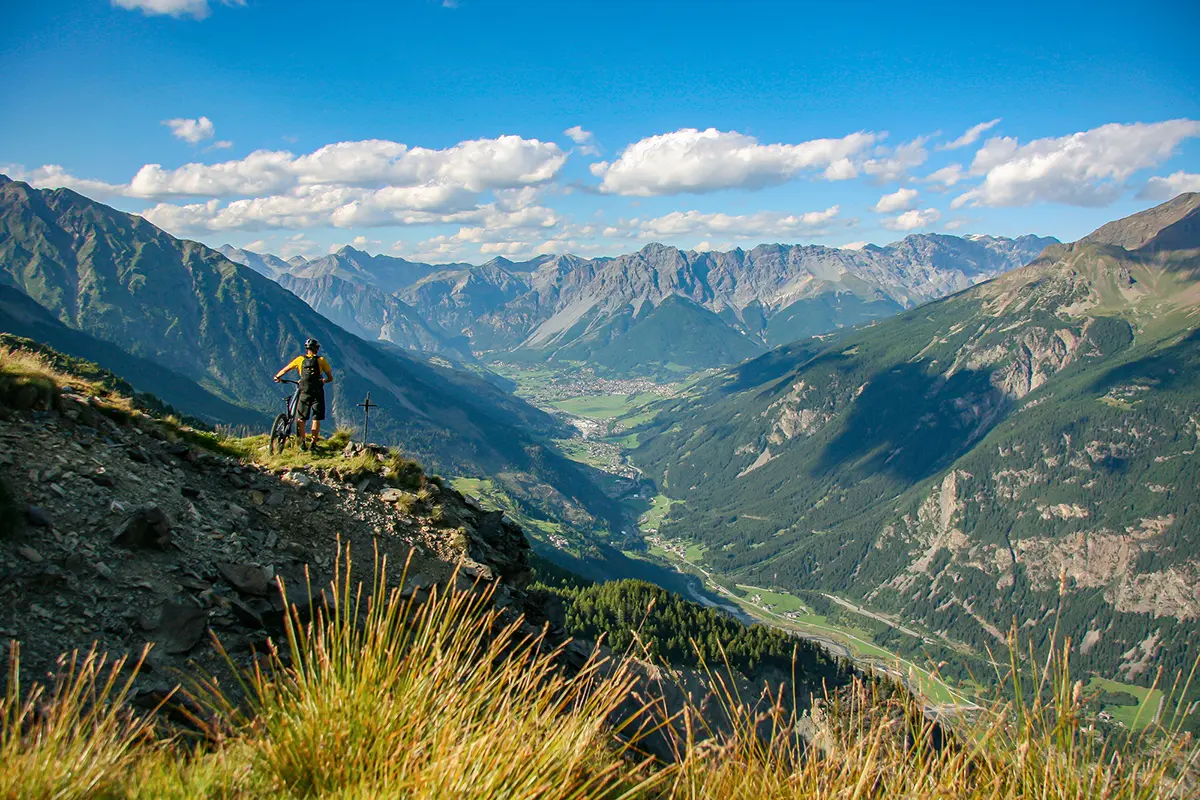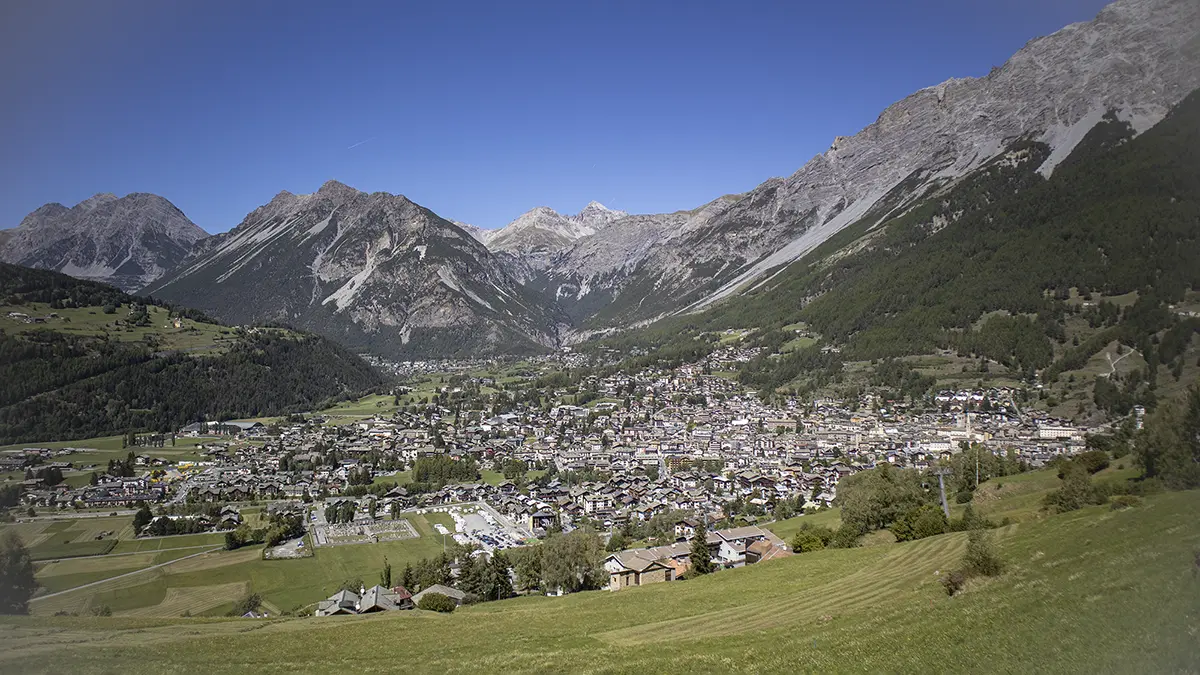One of the first mentions of Bormio in time is in a letter written by Cassiodorus to the Ostrogothic king Theodatus in 535, in which the reference to the "Acque Burmiae" confirms that the thermal wealth of the area was already known and appreciated.
During the Middle Ages, the countryside of Bormio had acquired great strategic importance thanks to the presence of the "Via Imperiale di Alemagna" which connected the Valtellna to the Engadine through the Cancano Valley. Taking advantage of this position disputed by several bishoprics, Bormio managed to maintain its independence, thanks to the duties on the goods that cross the pass, the main link between Venice and northern Europe.

In 1487, the countryside fell under the invasion of the Graubünden, lost many of its economic privileges and went through a period of instability which determined its decline as a free city.
In 1797, with the arrival of Napoleon, Bormio passed under the Cisalpine Republic and then, following the Congress of Vienna, to the Lombard-Venetian kingdom under the control of the Austrians, until the creation of the Kingdom of Italy.
At the beginning of the 1900s the tourist vocation of Bormio began to take its first steps through the construction of the first ski lifts and new spas. Today Bormio offers tourists everything that makes a holiday in the mountains a complete experience and quality: nature, sport, folklore, relaxation, gastronomy, history. All in an area with a unique microclimate and a warm and genuine welcome.

The hot water springs that feed all the spa facilities in the area were already known and appreciated in pre-Roman times.
There are three thermal establishments: Bormio Terme, which are located in the Bormio area, and two establishments, the Bagni Nuovi and the Bagni Vecchi, which are located in the territory of the hamlet of Premadio in the neighboring municipality of Valdidentro.